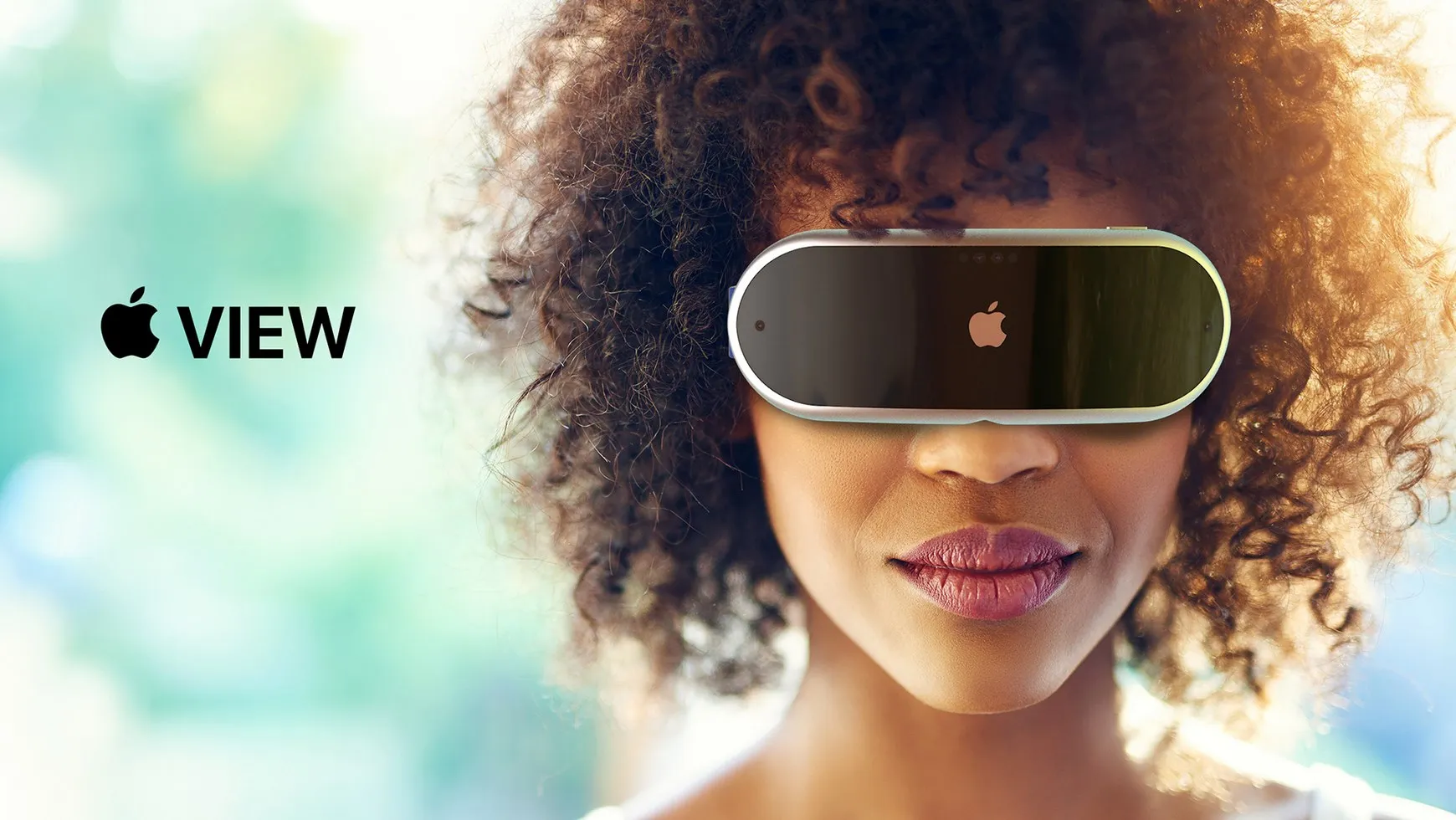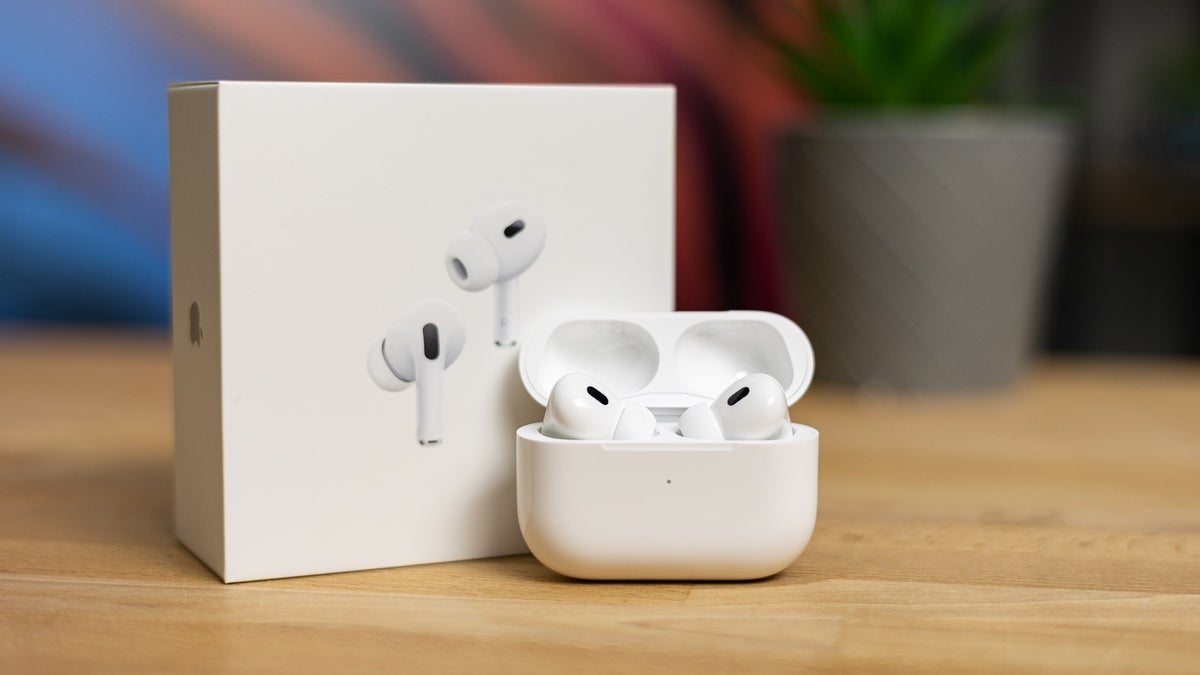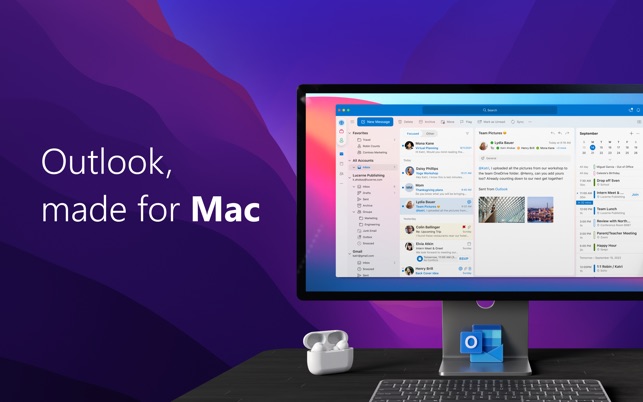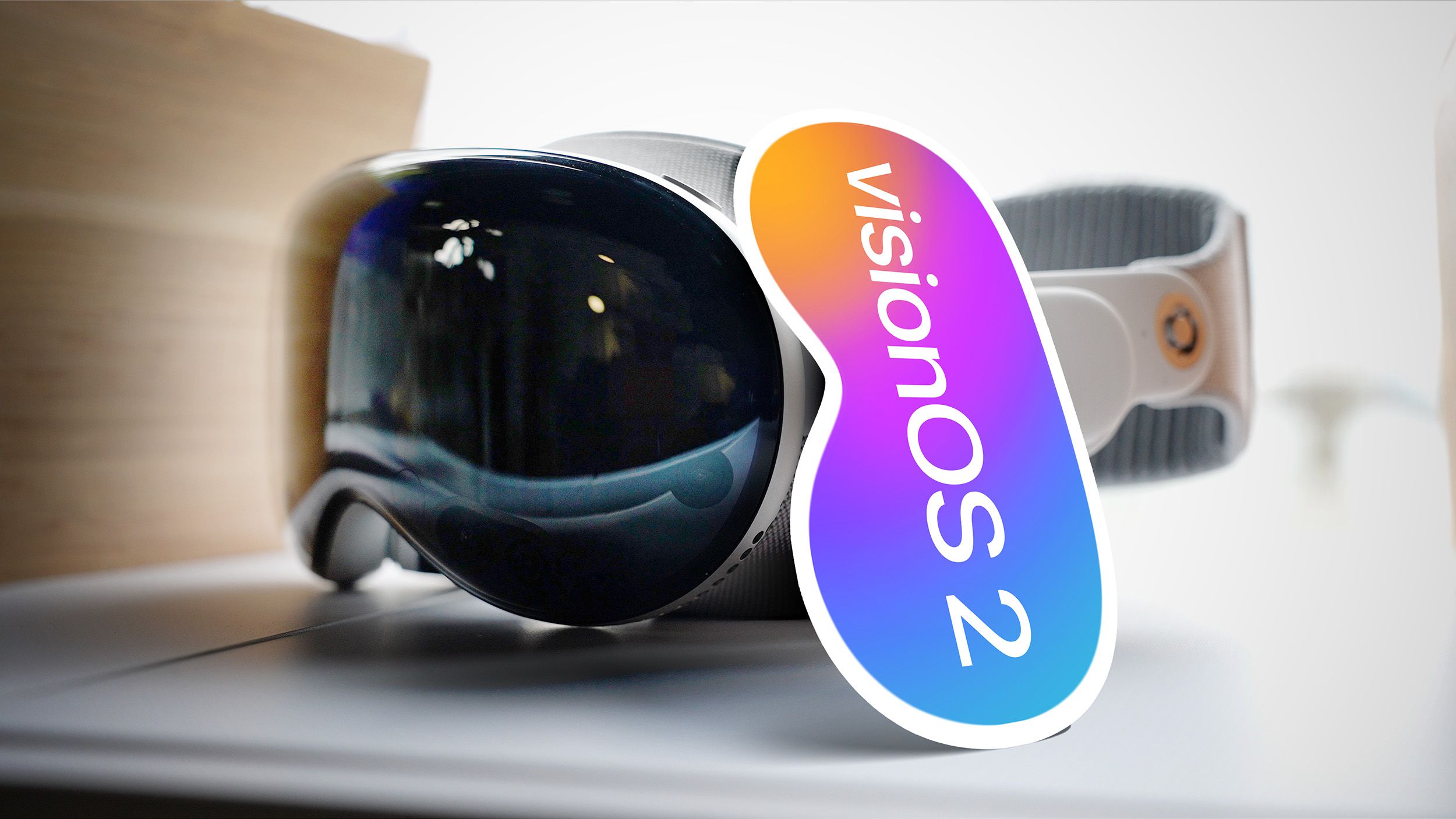Apple has decided to put on hold its project for AR glasses that needed to be connected to a Mac, but don’t worry, they haven’t given up on the idea of standalone AR glasses. According to Mark Gurman from Bloomberg, Apple is still very much committed to creating these futuristic glasses; they’re just taking a bit more time to perfect them.
Last month, it was reported that Apple had canceled its plan for AR glasses that would have looked like regular glasses but needed a Mac to work. This news was initially alarming, but it’s not the end of the AR dream. The glasses in question were akin to the RayNeo Air 2S, which I had the chance to review, but with a higher price tag and quality.
Apple’s hardware leader, John Ternus, is cautious about launching another product that doesn’t meet expectations. Therefore, the focus is now shifting towards developing a standalone version of these glasses, similar to the expensive prototypes Meta showcased last year.
The team at Apple, particularly the Vision Products Group, is busy working on all the essential technologies needed for these glasses. They’re focusing on improving screens and chips to make this vision a reality. However, we’re looking at a wait of at least three to five years before these glasses might hit the market.
The groundwork laid by visionOS suggests Apple is on the right track. Here’s hoping that when the time comes, Apple will bring something truly innovative to the world of AR.








